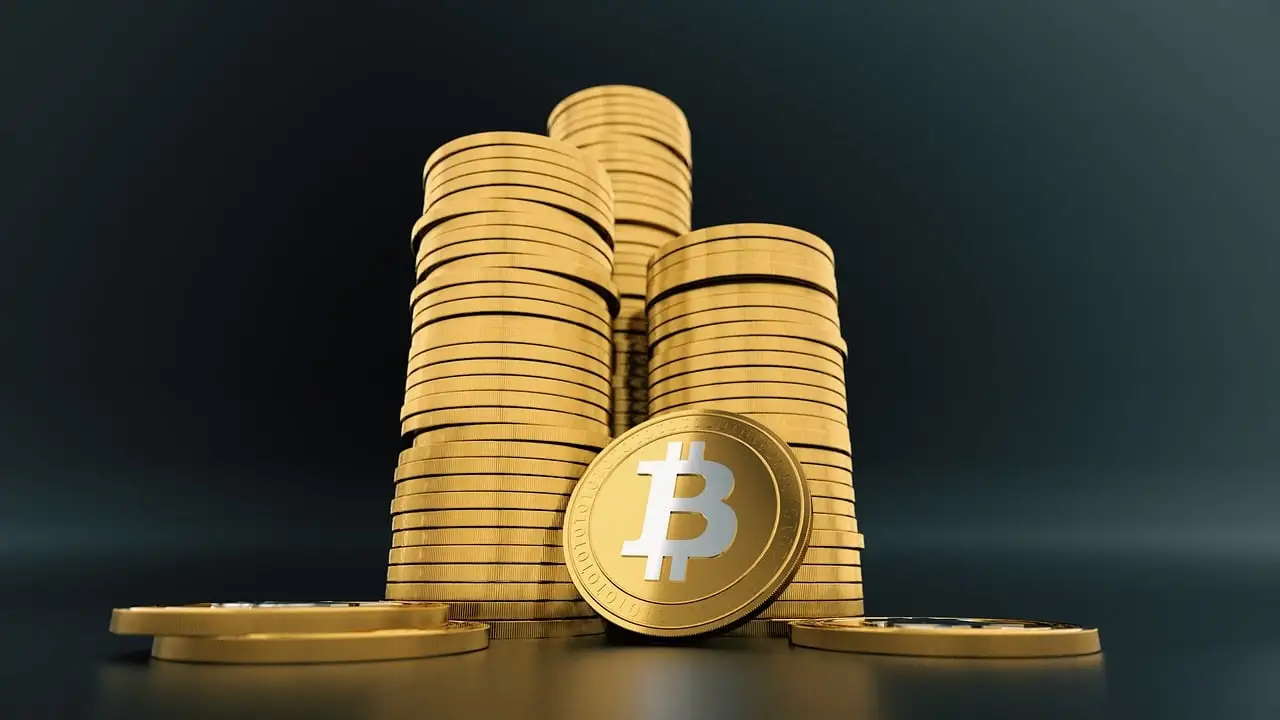U.S. Treasury Labels Bitcoin as “Digital Gold”
09.12.2024 12:00 1 min. read Alexander Stefanov
The U.S. Treasury Department has recently highlighted Bitcoin's evolving role, drawing comparisons between the cryptocurrency and "digital gold."
This observation underscores Bitcoin’s growing position as a store of value within the decentralized finance (DeFi) ecosystem, as interest in digital assets like Bitcoin, Ethereum, and stablecoins continues to rise.
The Treasury acknowledged that while digital assets are expanding quickly, their market size remains relatively small in comparison to traditional financial markets. The report emphasized that digital asset adoption primarily stems from investment-driven interest, with speculative activity playing a significant role in market growth.
Bitcoin’s emergence as a store of value, much like gold, was a key focus of the Treasury’s report. While Bitcoin has attracted attention as a speculative asset, it is increasingly being seen as a hedge against inflation and economic instability, further enhancing its appeal.
The report also noted the ongoing efforts to harness blockchain and distributed ledger technologies (DLT) to enhance financial market processes such as clearing and settlement.
Despite the continued rise of digital assets, the Treasury pointed out that demand for Treasury securities has remained strong, indicating that the growth of digital assets has not diminished interest in traditional financial instruments.
-
1
Bitcoin Reaches New All-Time High Above $116,000
11.07.2025 7:56 1 min. read -
2
What’s The Real Reason Behind Bitcoin’s Surge? Analyst Company Explains
12.07.2025 12:00 2 min. read -
3
Canadian Bank Sees Bitcoin Hitting $155,000 by 2025
15.07.2025 10:00 1 min. read -
4
Peter Schiff Warns of Dollar Collapse, Questions Bitcoin Scarcity Model
12.07.2025 20:00 1 min. read -
5
Strategy Claims It Can Weather a Bitcoin Crash to $20K Without Trouble
16.07.2025 14:08 1 min. read
Bitcoin Risk Cycle Flips Again as Market Enters Safer Zone
Bitcoin’s market signal has officially shifted back into a low-risk phase, according to a new chart shared by Bitcoin Vector in collaboration with Glassnode and Swissblock.
Robert Kiyosaki Warns of 1929-Style Crash, Urges Bitcoin Hedge
Financial author Robert Kiyosaki is once again sounding the alarm on America’s economic health.
Metaplanet Adds $92.5M in Bitcoin, Surpasses 17,000 BTC Holdings
Metaplanet Inc., a Tokyo-listed company, has just added 780 more Bitcoin to its treasury. The purchase, announced on July 28, cost around ¥13.666 billion or $92.5 million, with an average price of $118,622 per BTC.
China and U.S. Plan Trade Truce Extension Before Talks: How It Can Affect Bitcoin
The United States and China are expected to extend their trade truce by 90 days. The extension would delay new tariffs and create space for fresh negotiations in Stockholm.
-
1
Bitcoin Reaches New All-Time High Above $116,000
11.07.2025 7:56 1 min. read -
2
What’s The Real Reason Behind Bitcoin’s Surge? Analyst Company Explains
12.07.2025 12:00 2 min. read -
3
Canadian Bank Sees Bitcoin Hitting $155,000 by 2025
15.07.2025 10:00 1 min. read -
4
Peter Schiff Warns of Dollar Collapse, Questions Bitcoin Scarcity Model
12.07.2025 20:00 1 min. read -
5
Strategy Claims It Can Weather a Bitcoin Crash to $20K Without Trouble
16.07.2025 14:08 1 min. read


